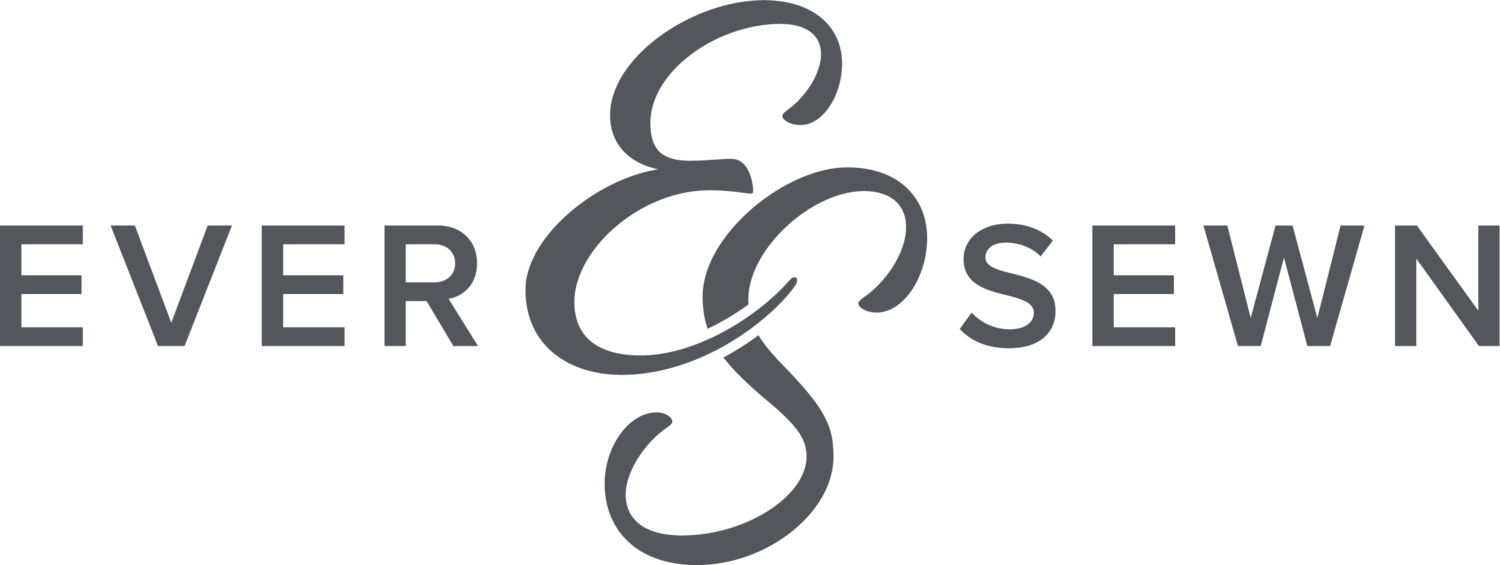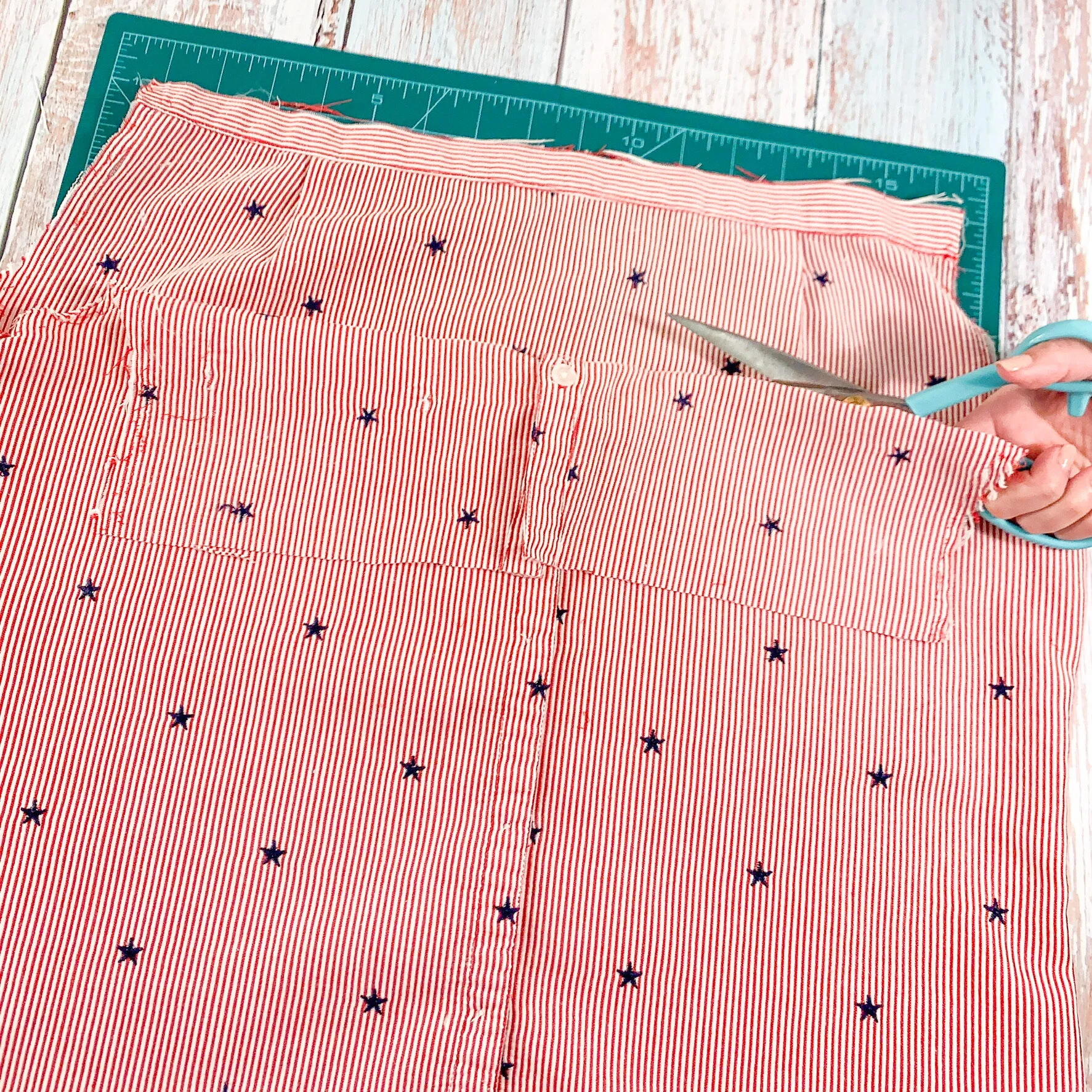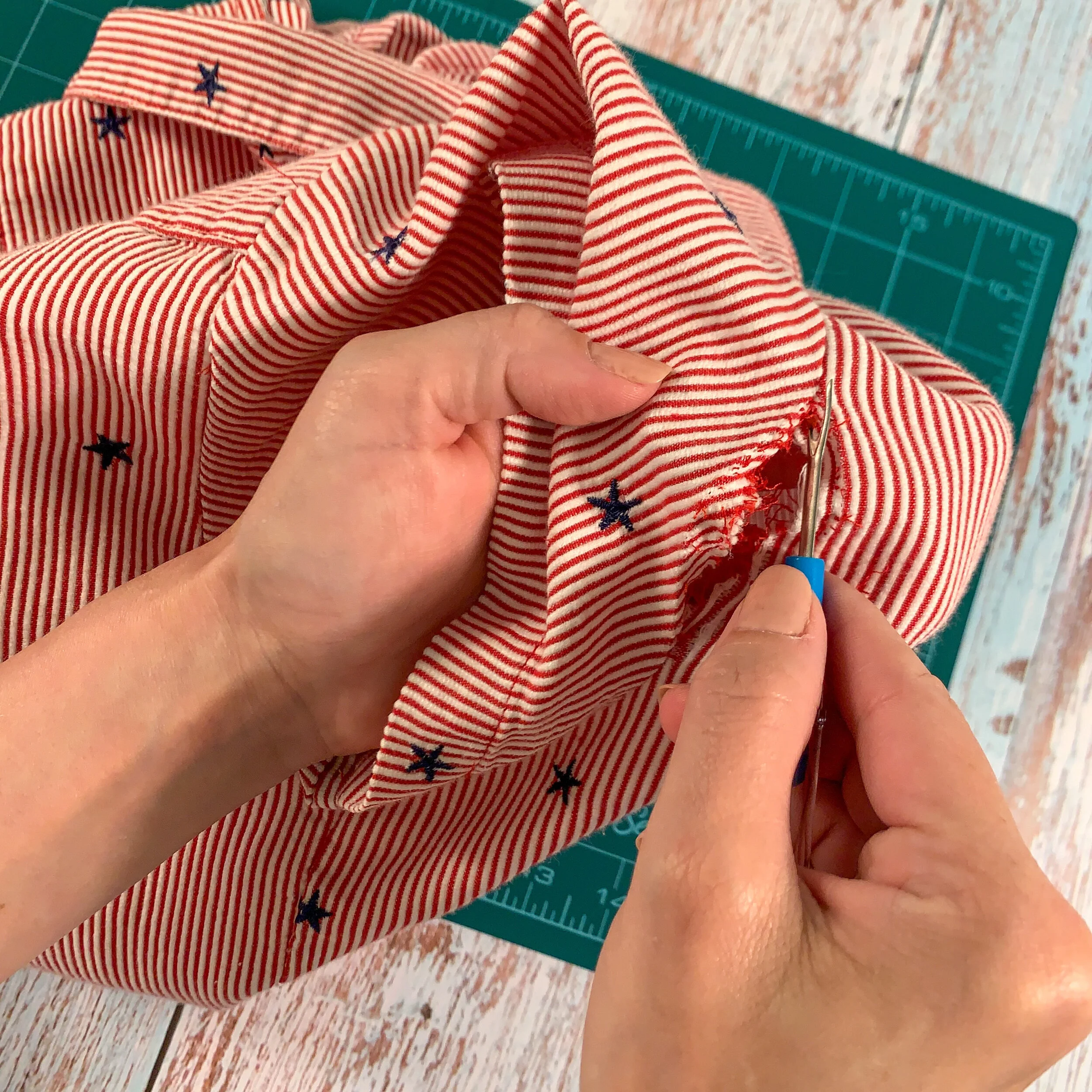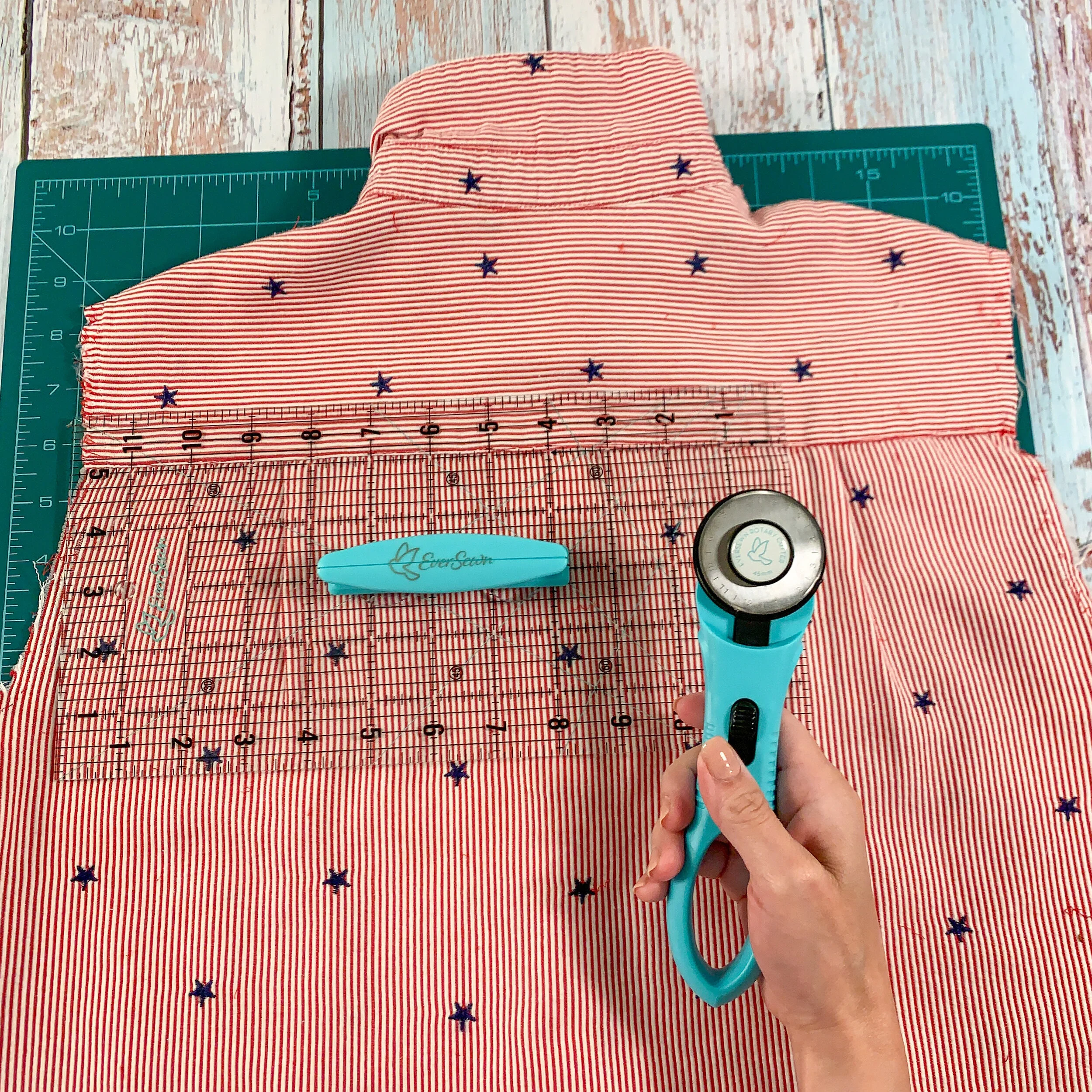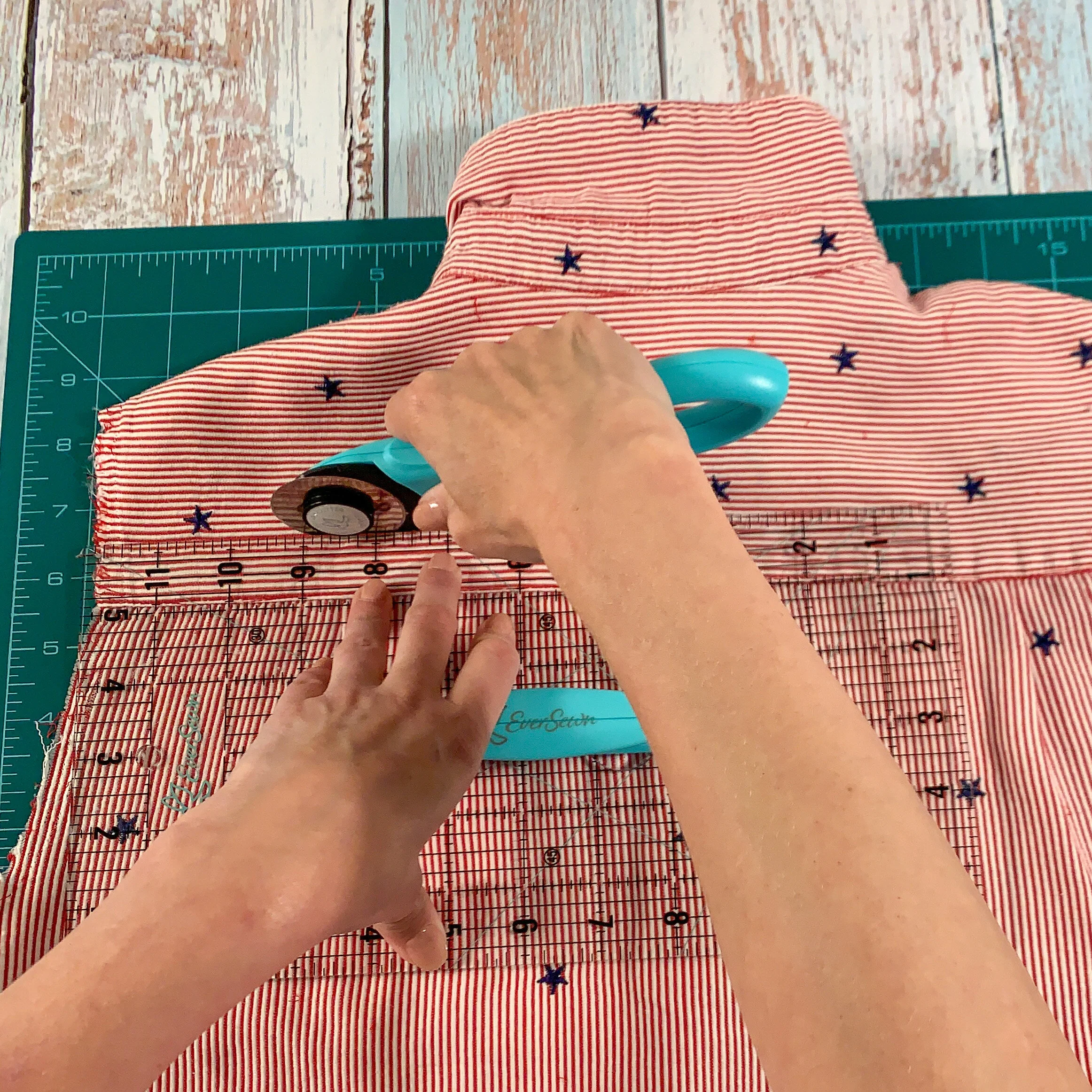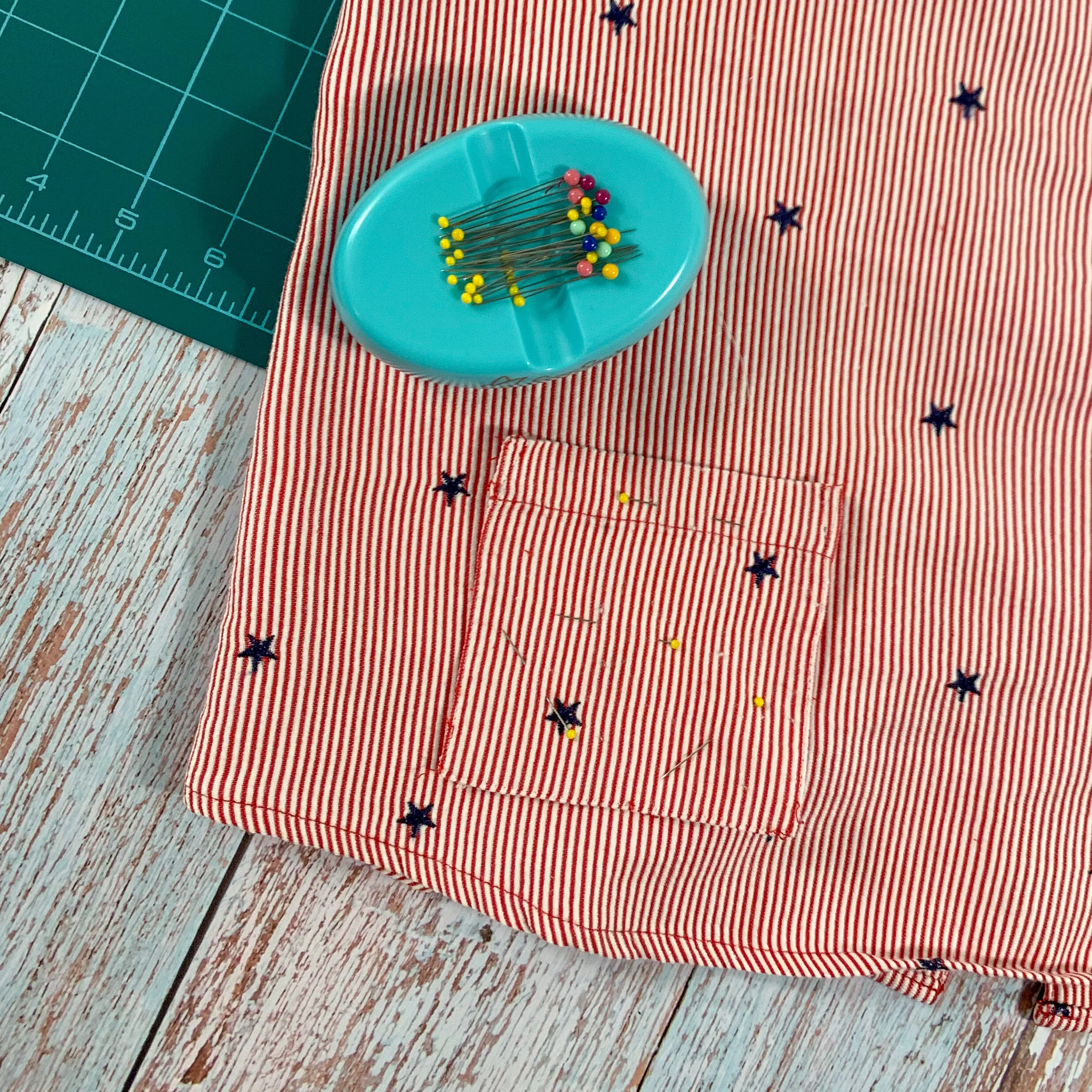Top Ten Sewing Tools Every Beginner Needs
/At EverSewn, it’s our mission to encourage everyone curious about the craft of sewing to take the leap and start creating! We know the sewing world comes with its own language and gadgets and notions - it can be overwhelming.
In this article, we’ll walk you through the ten tools you should have in your collection before taking on your first sewing project. We’ll explain what each tool helps you accomplish and what you should look for before you purchase each tool.
1. Fabric Scissors
Photo: @therefashionista
Listen, there’s a reason your mom freaked OUT when you used her fabric scissors to cut out a photo of JTT to tape to your wall (ahem, sorry, mom…) - fabric scissors are for fabric ONLY. They quickly dull when used on paper and dull fabric scissors are a big bummer when you need to be able to precisely cut fabric.
Fabric Scissors are offered in a wide range of sizes, but we recommend grabbing 8” scissors to start your collection. We also recommend a good hiding spot to stash these scissors.
2. Snippers
These little guys will come in very handy when trimming threads, snipping corners, and other sewing tasks for which your 8” shears would be overkill. Trust us, you’ll reach for these often.
3. Seam Ripper
Photo: @therefashionista
Everyone makes mistakes when sewing, from the sewist who stitches their very first seam to the quilter making their 400th quilt. All sewists need a good seam ripper. In fact, you may need a few. This is a small tool that often gets buried under thread and fabric. It’s best to have a backup!
Seam rippers come in a variety of styles. Some even have ergonomic handles to ease the pain of having to rip apart your project. To start with, a simple, inexpensive seam ripper will do the trick.
4. Rotary Cutter
Photo: @therefashionista
Have you noticed there are a lot of tools for cutting and ripping in the sewing world? Your rotary cutter is going to be one of your go-to tools, though. There’s nothing better for cutting fabric quickly and accurately! This is a tool most often used in quilting and home decor projects, but can definitely be used in garment making too. We recommend getting a rotary cutter that feels comfortable in your hand and holds 45mm blades. Go ahead and snag a few extra blades while you’re shopping - you’ll want your rotary cutter sharp and ready to roll!
5. Self Healing Cutting Mat
Your cutting mat and your rotary cutter go hand in hand to help you cut fabric smoothly. Self healing cutting mats come in a large variety of sizes and colors. An important thing to keep in mind when choosing your cutting mat is that it should be stored laying flat with nothing on top of it. Pro tip - under the bed is a great storage spot! Choose one that will work for the space you have.
6. Rulers for Rotary Cutting
Photo: @therefashionista
Acrylic rulers will complete your rotary cutting + self healing mat + ruler = cutting fabric with ease equation. As with most things in the sewing world, there are many, many options for rulers. We recommend a 6” x 12” ruler with clear gridlines to start.
7. Measuring Tape
While we’re on the topic of rulers and measuring, we should mention that having a long, flexible measuring tape in your sewing toolbox is a great idea. You can live out your fancy Italian tailor fantasies with this tool or, you know, just accurately measure your material.
8. Fabric Marker
Photo: @lilpigstitchstudio
There are many options for marking fabric - tailor’s chalk, water soluble markers or pens, heat soluble markers or pens, and tracing paper are all pretty common and are great options for temporarily marking your fabric. A crease marking tool is another great option. You’ll reach for your fabric marker when creating a buttonhole, tracing a pattern, or just noting where to start or stop sewing.
9. Pins and/or Clips
Photo: @therefashionista
Once you cut and mark your fabric, you’ll need to pin or clip it together to prep for sewing. Pins are yet another area where there are many, many choices. A universal pin will serve you well unless you’re sewing with sheer or knit fabric. When sewing with specialty fabric, look for pins or clips specifically designed for the material you’re using or risk leaving holes. While choosing your pins, grab a magnetic pin holder to store them, that way if you drop a few you can run the holder over the ground and let it find your wayward pins instead of your foot finding them (ouch!).
10. Iron and Ironing Surface
From smoothing fabric to ironing seams, ironing will be a huge part of putting your sewing project together. Setting up an ironing station while you’re sewing is a great idea. Our advice is to buy the best iron you can within your budget. Safety first, though, make sure it has an auto shut off feature!
We hope this guide helps you feel less overwhelmed by all the choices available in sewing accessories and notions. We also have guides available on how to choose a needle and how to choose thread appropriate for your project. Collect your supplies, turn on a podcast, stock your craft room with snacks, and tag us in your project photos!
